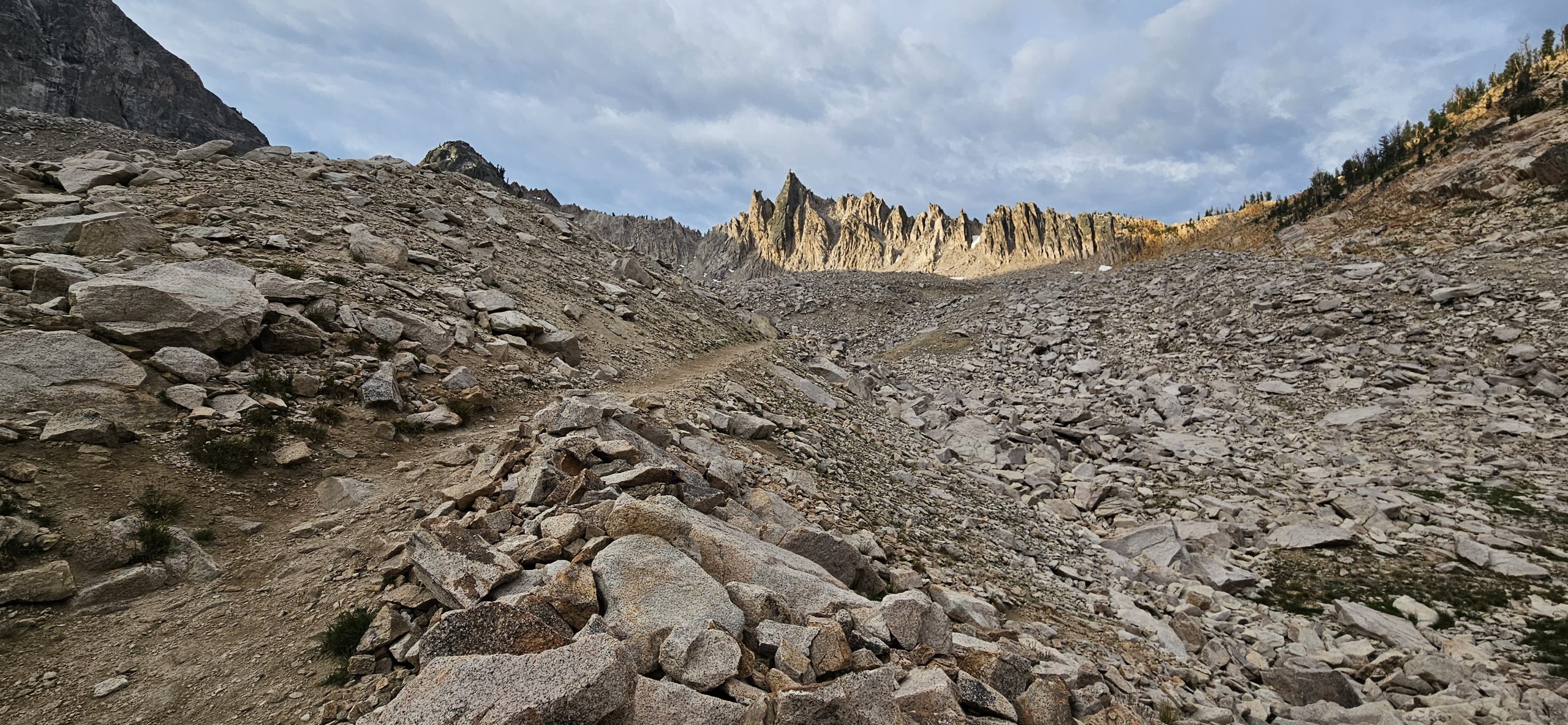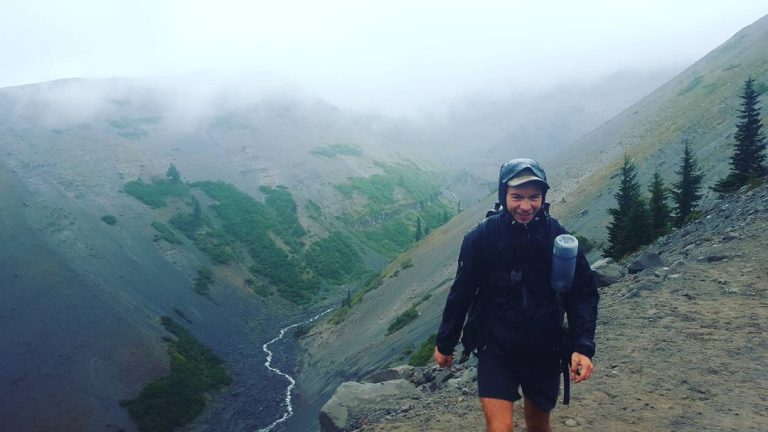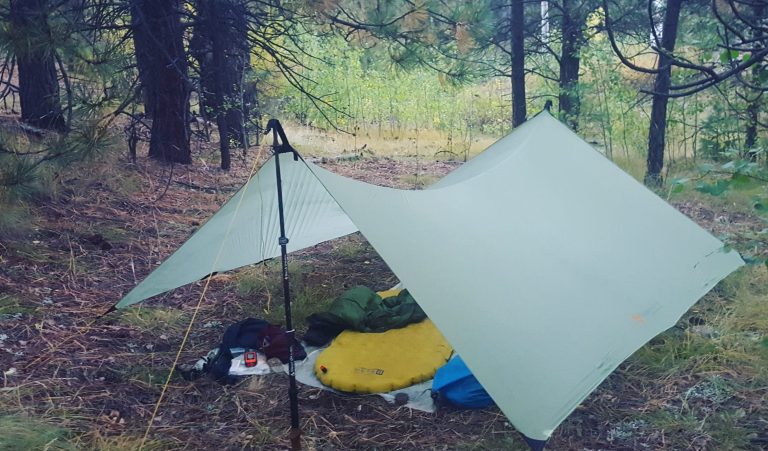Ultralight Backpack Comparison Guide: Modern Frame vs Frameless
The most crucial and consequential piece of gear you have, in my opinion, is your backpack. It’s why it’s called “backpacking”, and not “carry everything in your arms through the woods”. For this article, I will do a deep-dive into an ultralight backpack comparison of frames. Whether or not you choose to have a frame, will largely dictate the comfort (or complete misery) you feel on the trail.
Lightweight Backpack Options
We’ve come a long way since the 1960’s and 1970’s external frame backpacks. Since then, the backpack frame types have evolved from the metal, aluminum, or even wooden structures. Modern lightweight backpack options expand our comfort, boost our endurance, and allow us to enjoy the outdoors without a cumbersome contraption giving us a piggyback ride over a mountain pass.
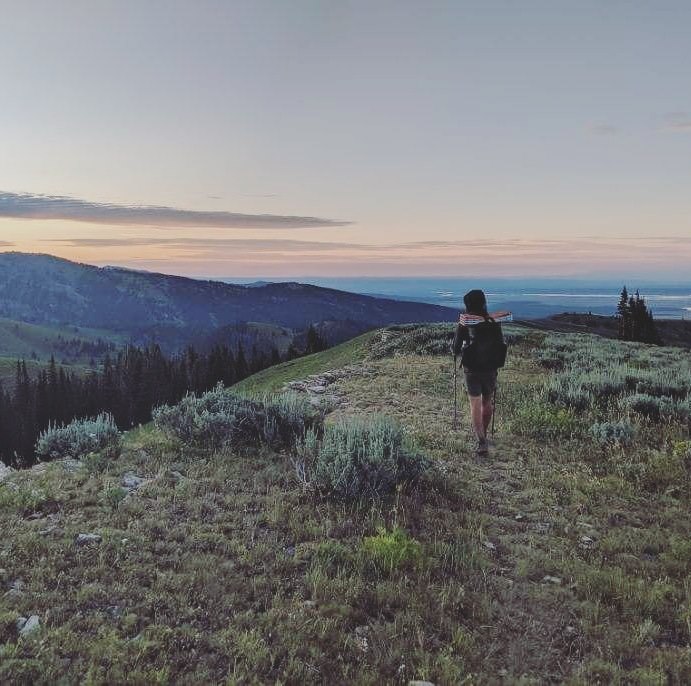
Now there is a plethora of enticing lightweight backpacks to behold. But the question I am most concerned with for now is: Should I get a framed or frameless backpack? And the answer is: It depends. Your options will narrow down once you apply your needs. I’d ask myself a few questions right from the start: How long of a trip will I be taking? What type of weather is expected? How much extra comfort will I want? This is almost a “what, when and where” type of situation. This will determine your gear needed, and in turn, how large of a pack you will need.
Framed Backpack Features
Modern backpacks feature frames that are usually internal, though some use a minimalist external frames. With a full featured frame and suspension system, which helps shift the load towards your body, you can get away with carrying quite a lot of gear. My ULA Ohm 2.0, which uses a minimal frame, can haul loads up to 30 pounds comfortably. If you dive into even more substantial frames, like that of a Kelty Red Cloud, you can load up to 50 pounds, but typically this is for much longer trips.
Typically, a framed backpack will also function in tandem with the hip belt, helping to transfer weight to the hips. The belt has plenty of padding, and usually some pockets for storing a phone, small pieces of gear, or snacks. It’s common to find a more fully featured hip belt on a framed pack.
Another common design is to have a curved frame, which helps airflow to get between you and the backpack, alleviating a common problem – back sweat. Which can lead to painful rashes (I know from experience). This design is common with Osprey packs.
When to Choose a Framed Backpack
When I want plenty of extra food, or a few extra comfort items, I’ll choose a framed pack. For example, on the CDT, I chose to carry a framed pack for the beginning. I stuck with it for about 1,000 miles. I needed room for long water carries in harsh environments. I also had extra gear including an ice axe, and extra layers for the unpredictable weather. Not to mention, plenty of long stretches without a resupply on food. With all that in my head, I felt it was prudent to take a pack with a bit more room, but still light enough to not be uncomfortable.
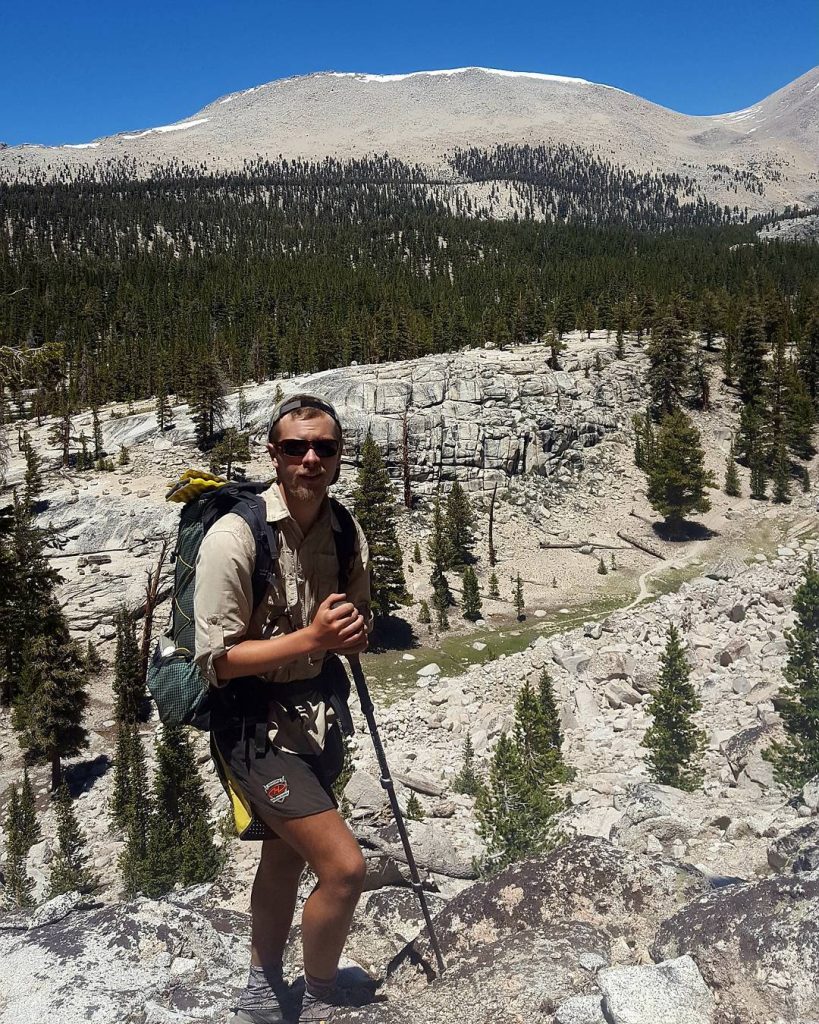
Here’s the thing I’ve come to realize over the years: weight matters, but it doesn’t have to matter that much. I like to push my limits at times, and see how minimal I can go. And I enjoy having a small pack. But, I also don’t feel the pressure to impress or prove something to myself. Being able to find the sweet spot is where prudence is. Over the years, I’ve found myself on both sides. Having the ability and freedom to choose where to land is liberating.
Frameless Backpack Features
Frameless packs have exploded in popularity, and are continuing to grow in features and design. But the main focus here is to emphasize their lack of traditional support and structure. A frameless backpack features minimalist design choices, which make them more like a traditional rucksack. This lack of structure makes them lighter and simpler, and with much less bells and whistles than a typical framed pack.
Within the last decade or so, there’s also been a push towards designs that omit a hip belt, with the goal of freeing the hips from constraint. With a lighter, frameless pack, not having a hip belt becomes a distinct advantage. I personally have not removed a hip belt from any of my packs, and I prefer to have the option of using it for heavier loads. Once my load lightens after “eating the weight”, then I will unbuckle and enjoy the feeling of freedom.
There is also a trend of running vest style packs on the rise, such as the Zerk 40 from Mountain Smith. These packs showcase options to hold water bottles, a phone, snacks, etc. in pouches in the vest. It’s essentially placing the storage on the shoulder straps in favor of getting rid of a hip belt. These types of packs are popular among those who like to trail run, get in as many miles as possible, and then camp. I don’t own a pack like this, but it’s on my wish list. I’d love the freedom to run up a peak, find a camp site, then run back down during sunrise.
In the future, I think we will continue to see evolving frameless backpack features, and more of a push towards customization. It’s hard to say where it will go, but the trend is continuing towards a few things in backpacking: Lighter, faster, simpler. This is fundamentally where frameless backpacks call their home.
When to Choose a Frameless Backpack
Frameless packs are great for when I have a low base weight (total weight of gear, before consumables). Typically, this means under 10 pounds, as is the traditional “ultralight” standard, though it is possible to make it work at slightly higher base weights. I would advise not going over 12 pounds. If you exceed a packs recommended carry weight, it can cause awful shoulder pain. It’s not a fun time, especially when you’re stuck in the middle of nowhere.
I can easily fit all my gear and food into my Mountain Laurel Designs Burn for a summer trip, and early fall trips. If I can feasibly get away with minimal gear, I can comfortably use a frameless pack. Also, you should emphasize taking gear that is multi-use to eliminate redundancies. Whatever your setup is, a small frameless pack like the Burn, or smaller, is not for the faint of heart.
If you have a dialed in gear list, you don’t need to hear that. But I say this for those who want to make a spreadsheet of the lightest gear you can, then prance out on the trail. It’s one thing to make a spreadsheet. It’s another to use all the gear you bought in the mountains in a thunderstorm in 50 degree weather.
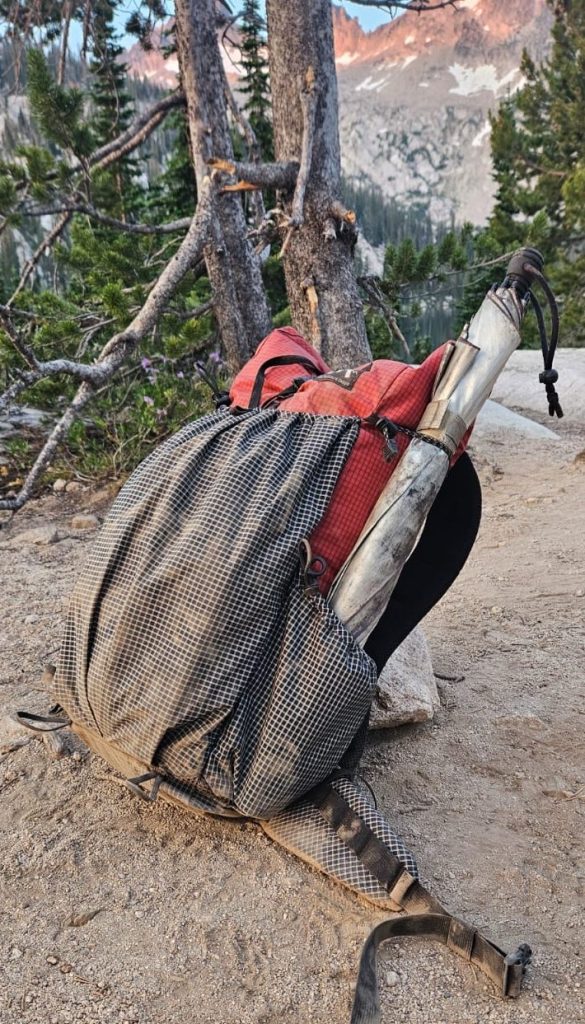
That being said, frameless packs offer such a great amount of freedom. Carrying a small amount of weight, and thriving in the wilderness is something hard to describe. It brings you closer to the world around you, and forces you to make do with less. Your world shrinks to the few items inside your pack. The less I have to worry about, the more I can enjoy the scenery, the sounds, and the smells of the woods.
Conclusion
Choosing between backpack frame types depends on your specific needs, trip length, and gear requirements. Framed backpack features offer support for heavier loads, while frameless options provide lightweight freedom for minimalist hikers. As backpack design evolves towards lighter and simpler solutions, the key is finding the right balance between comfort and weight that suits your style. Ultimately, the best backpack is one that lets you focus less on gear and more on enjoying the outdoors, whether it’s a week long trip, a quick overnighter, or a trail run up a steep incline to a pristine alpine campsite (you animal). For help choosing your other backpacking gear, check out my guide here.

